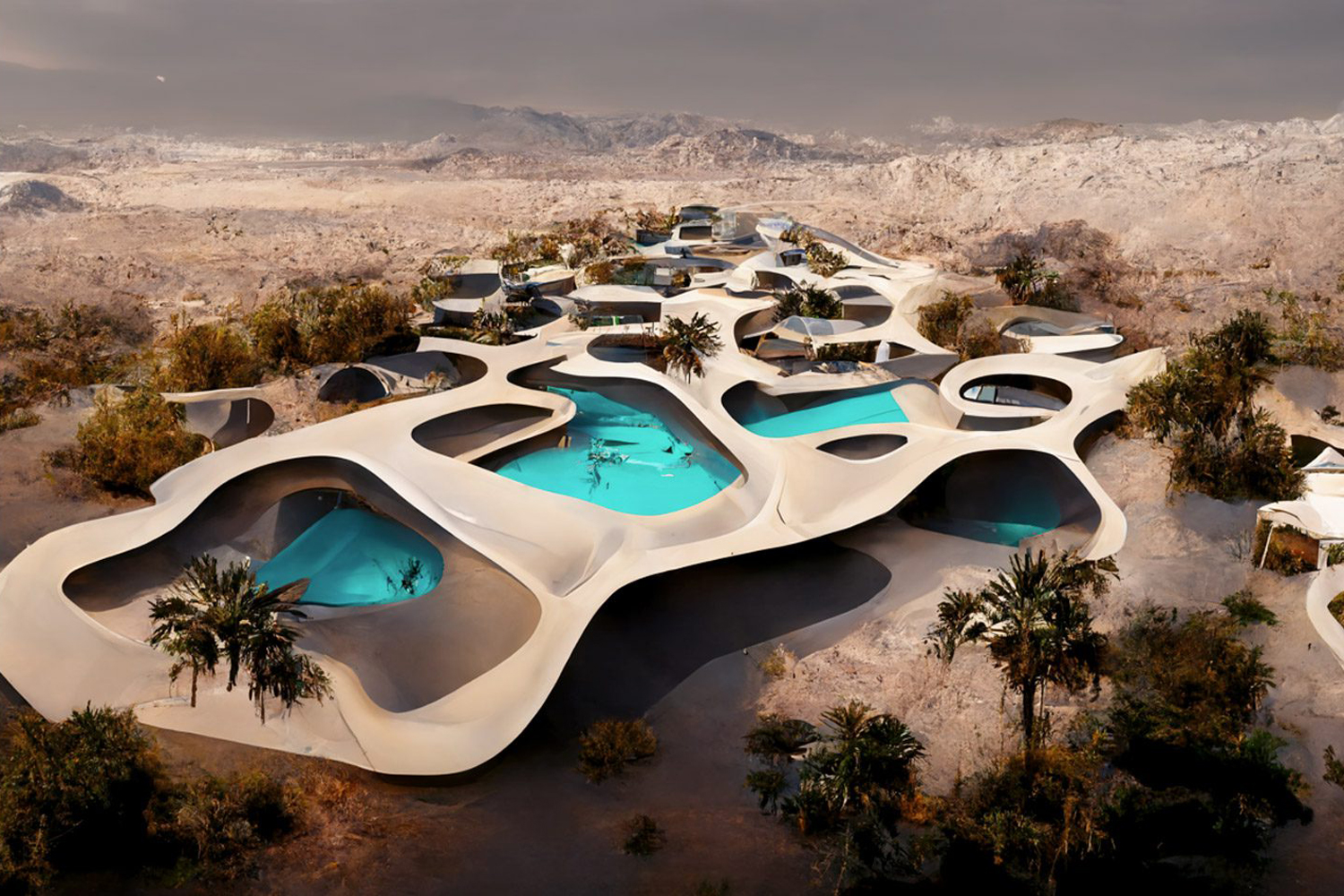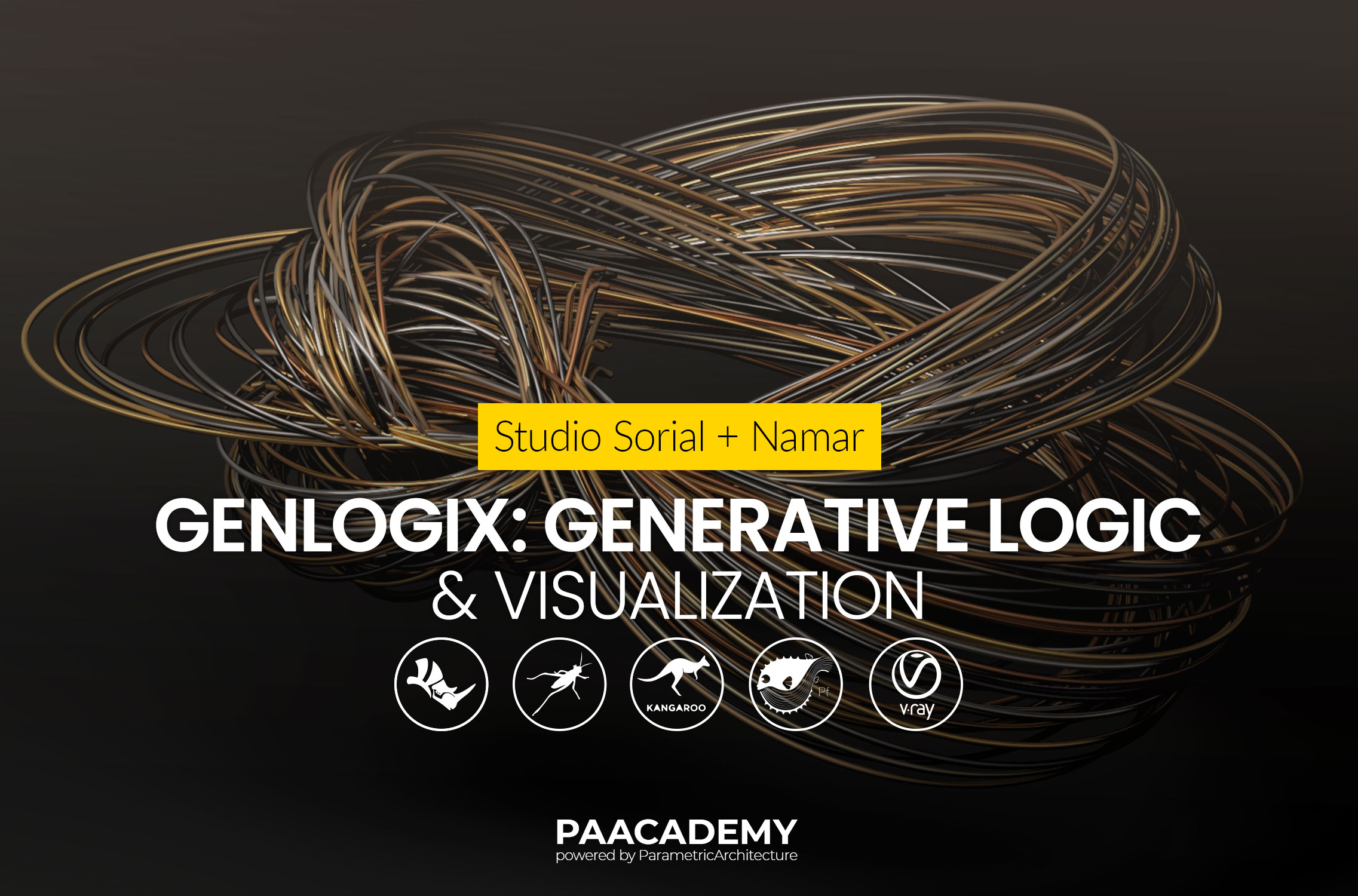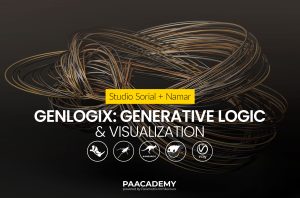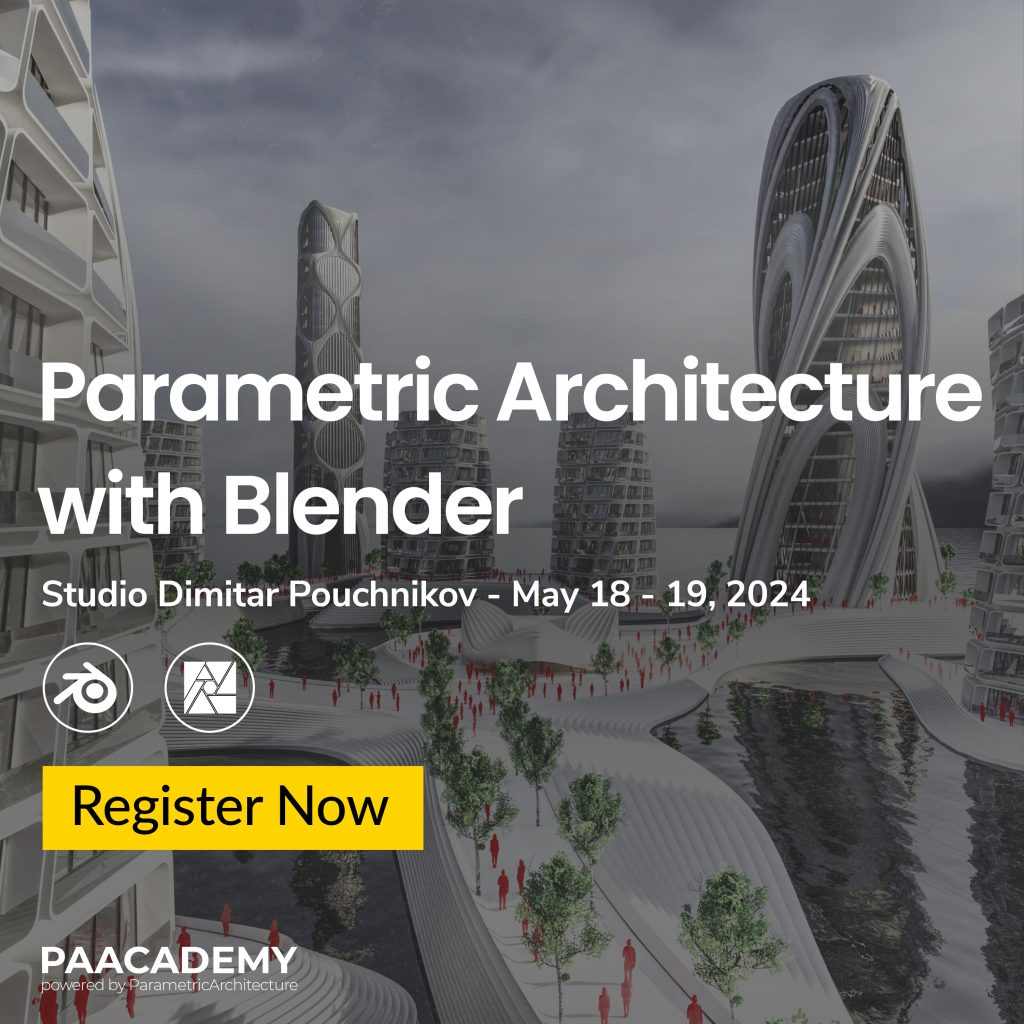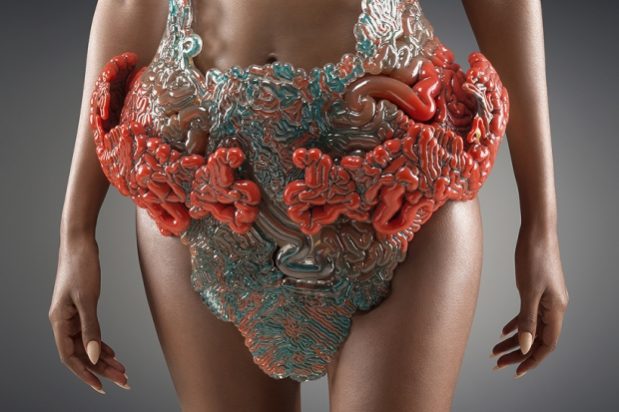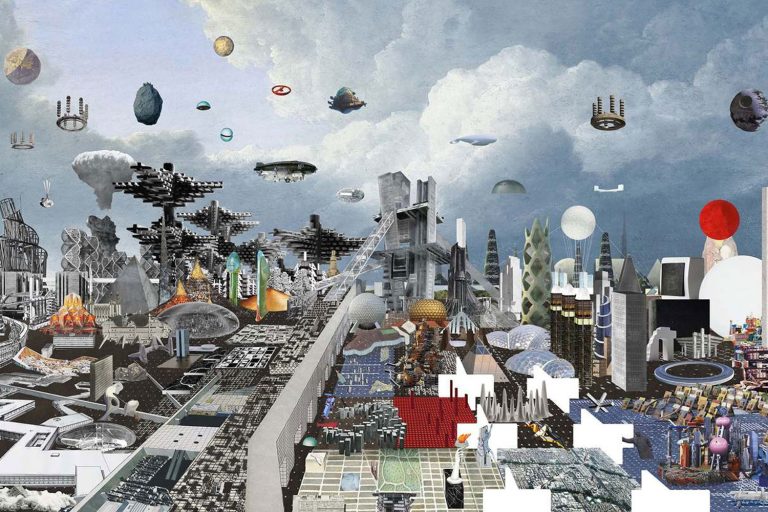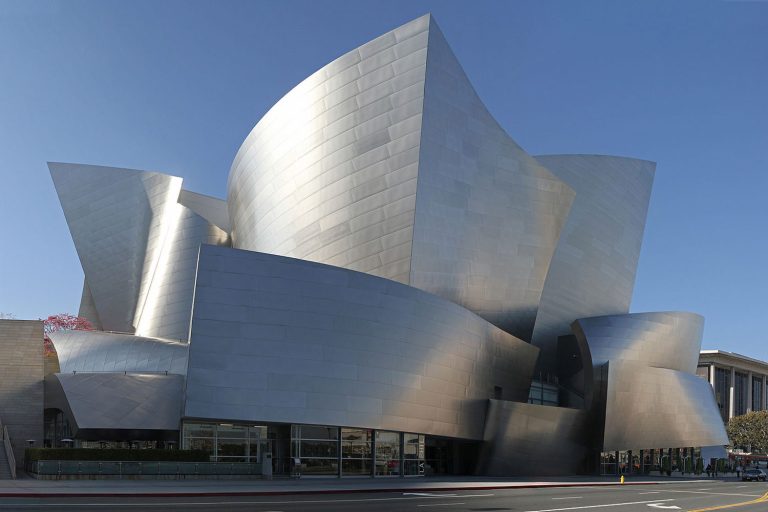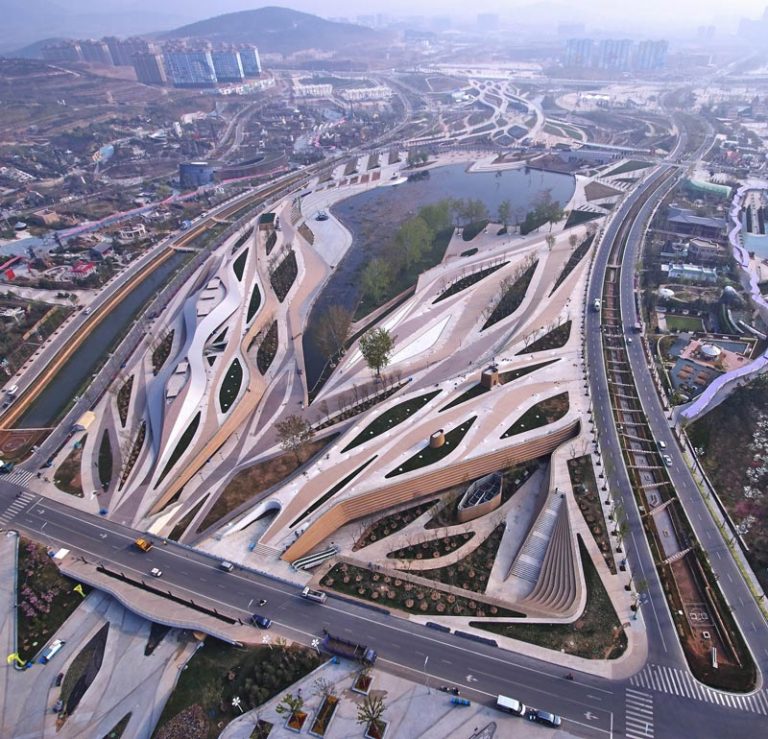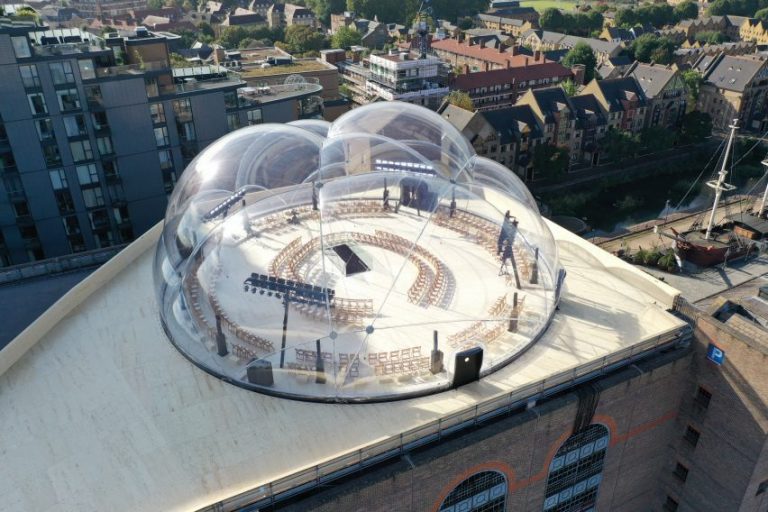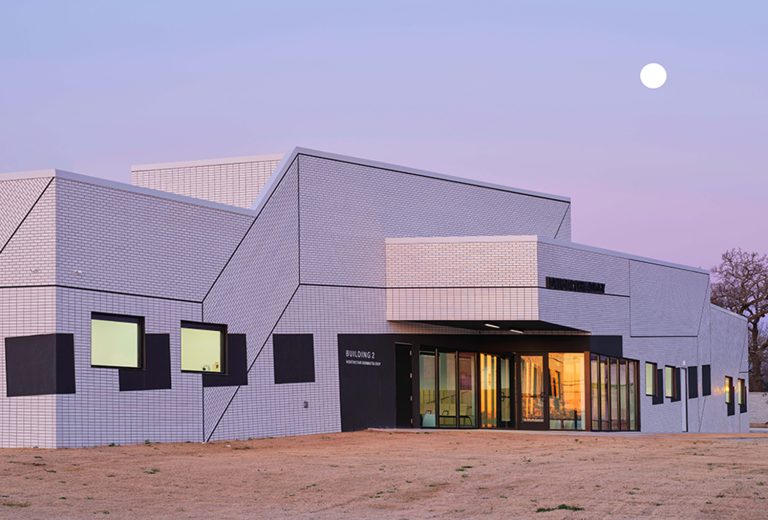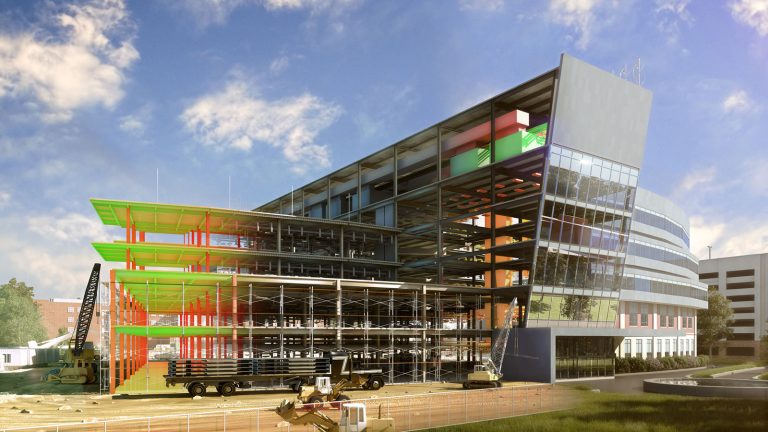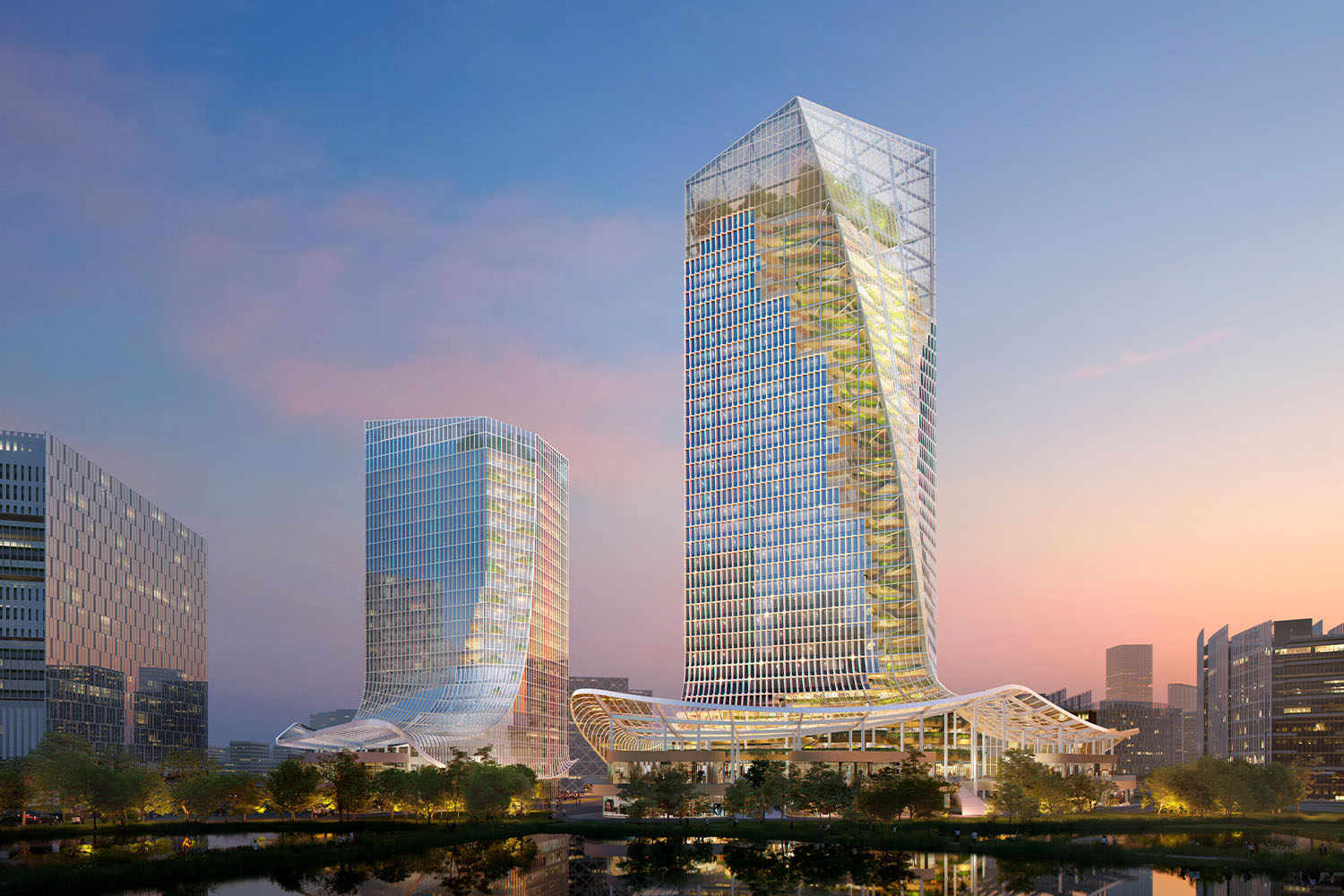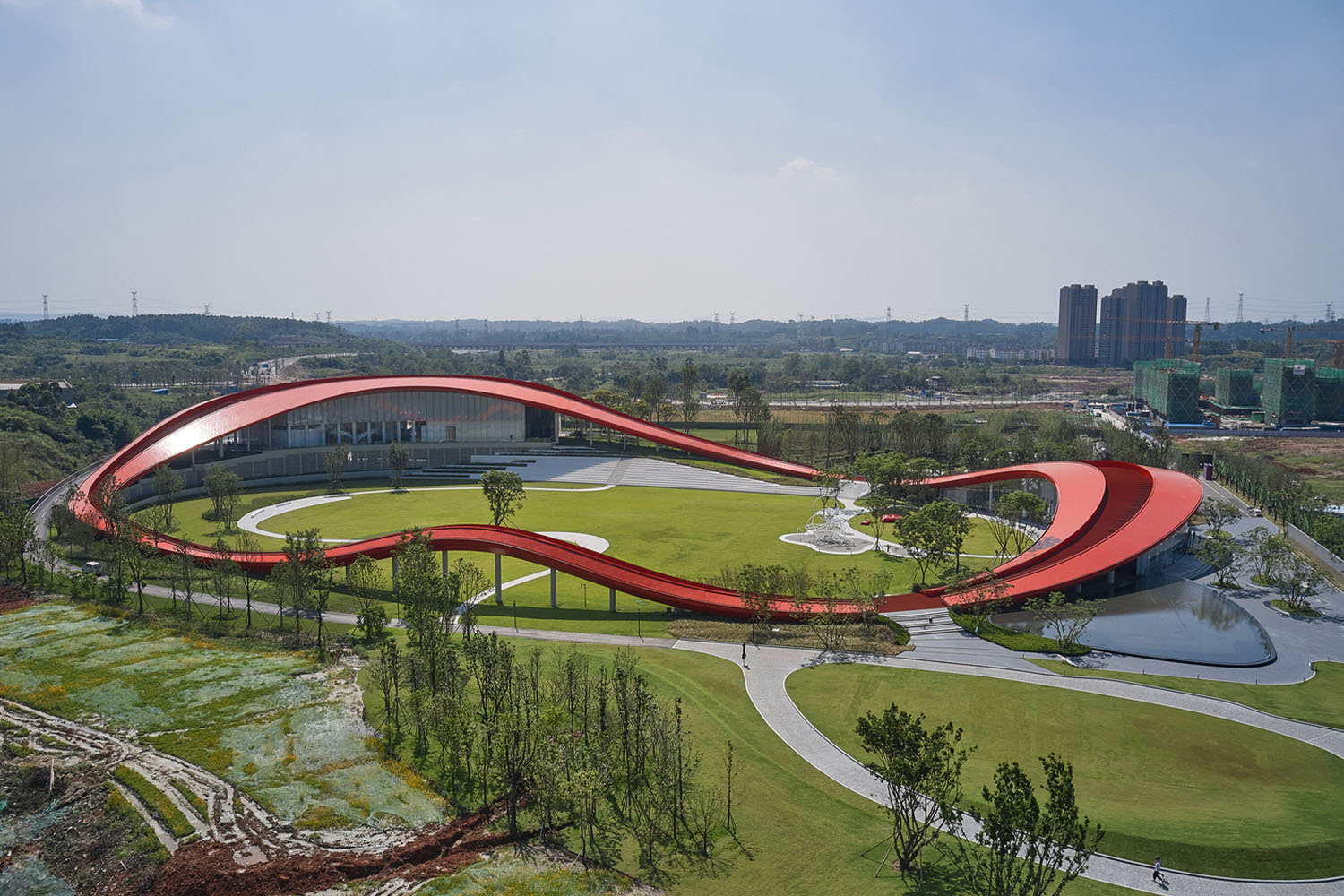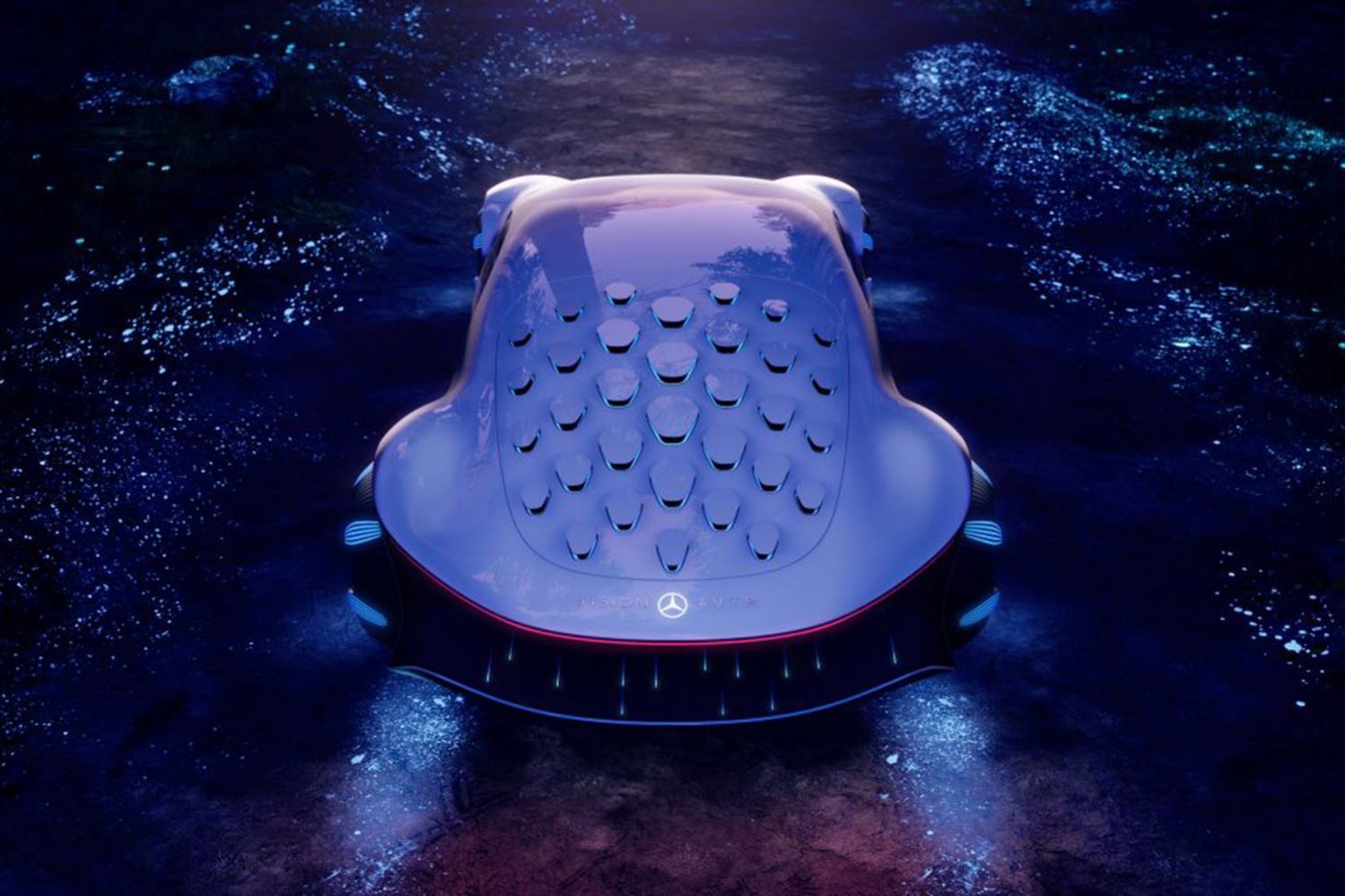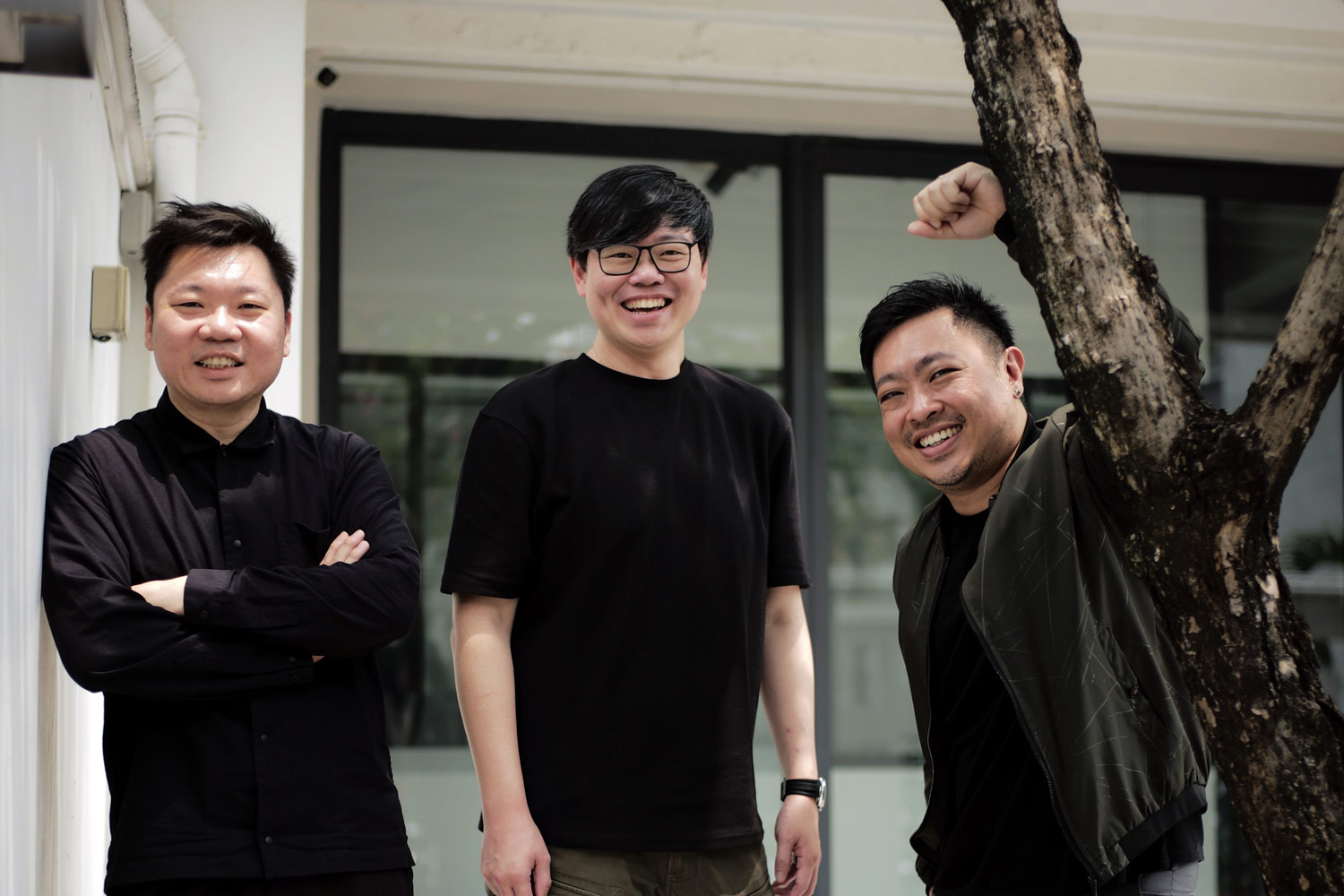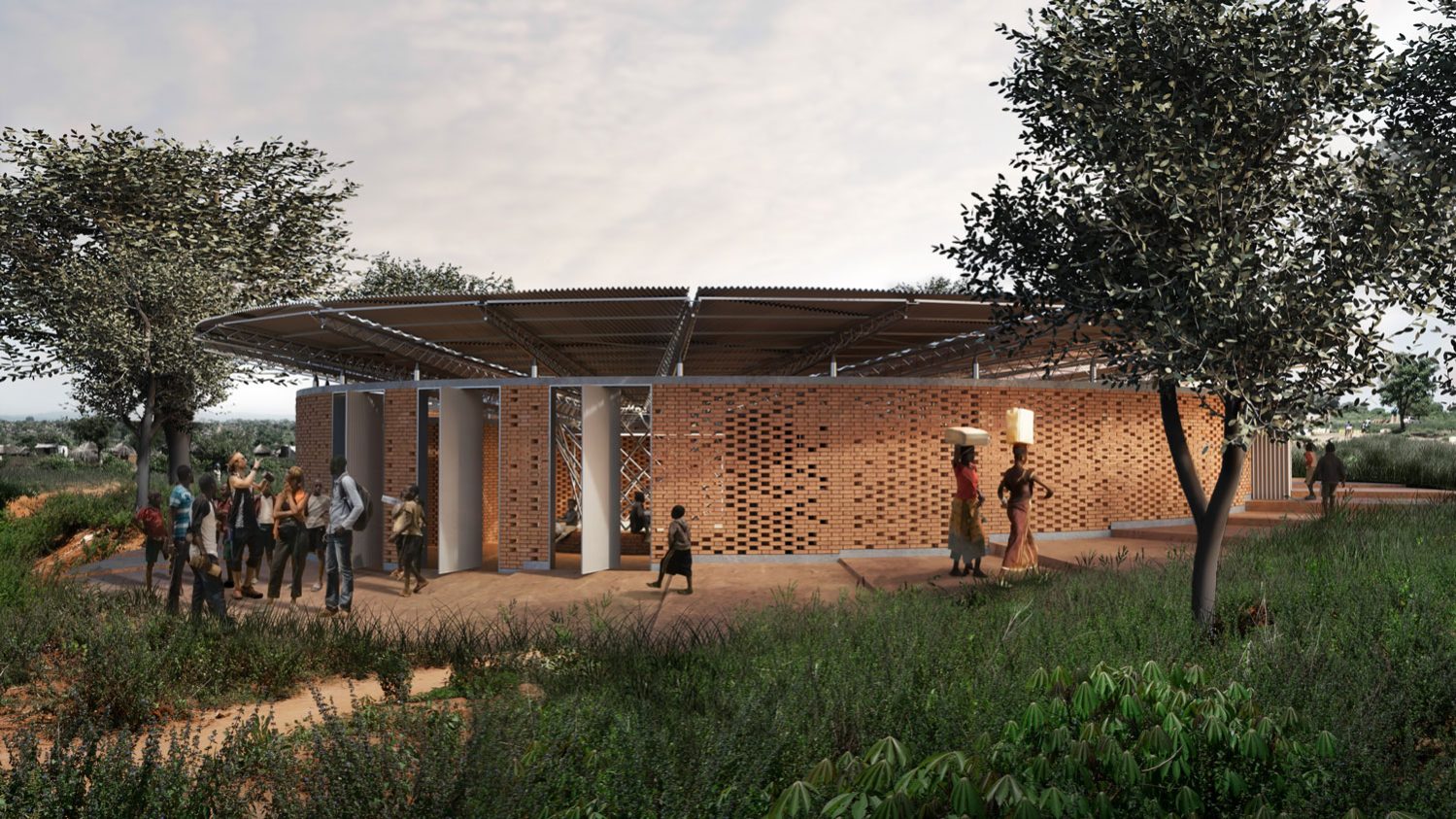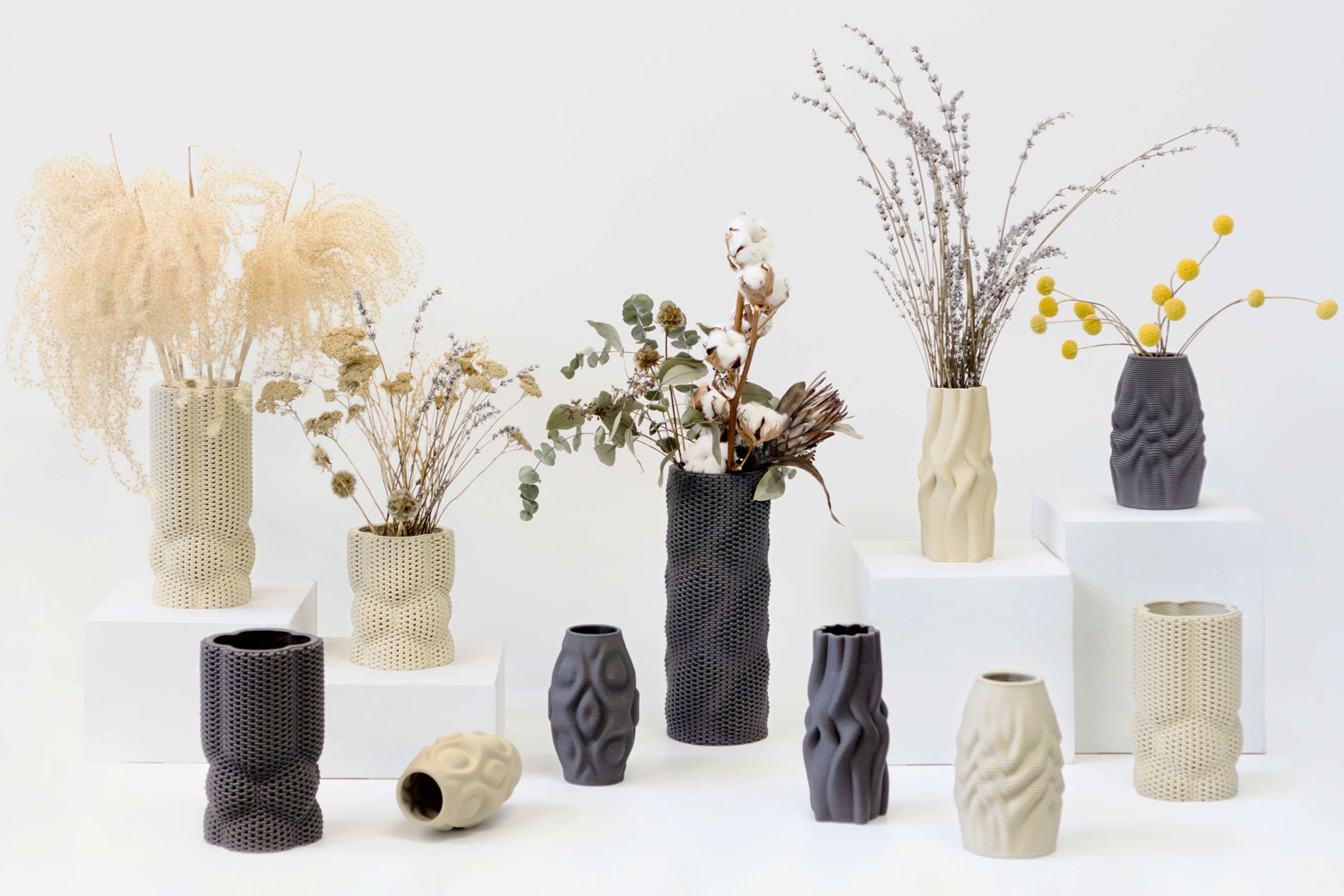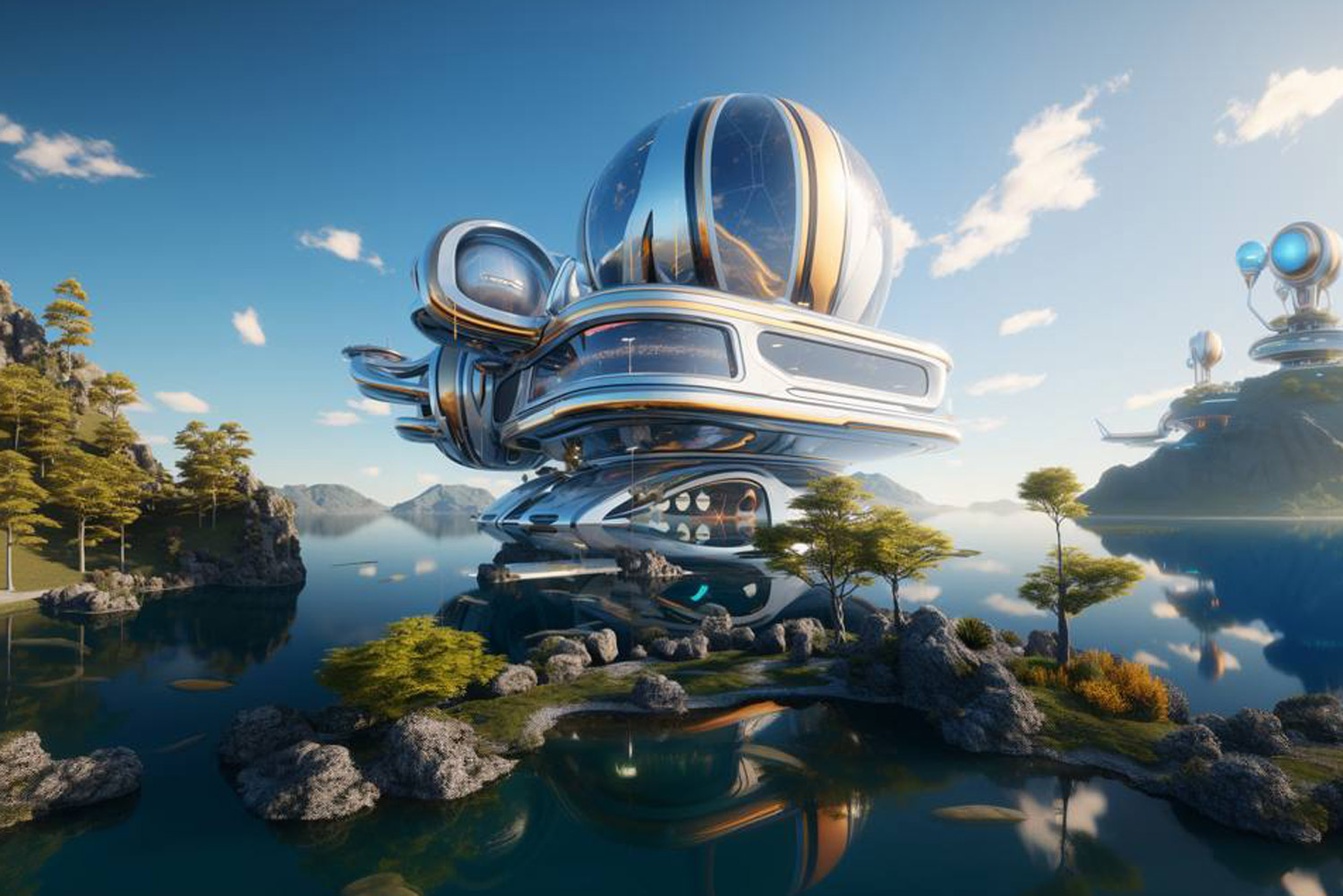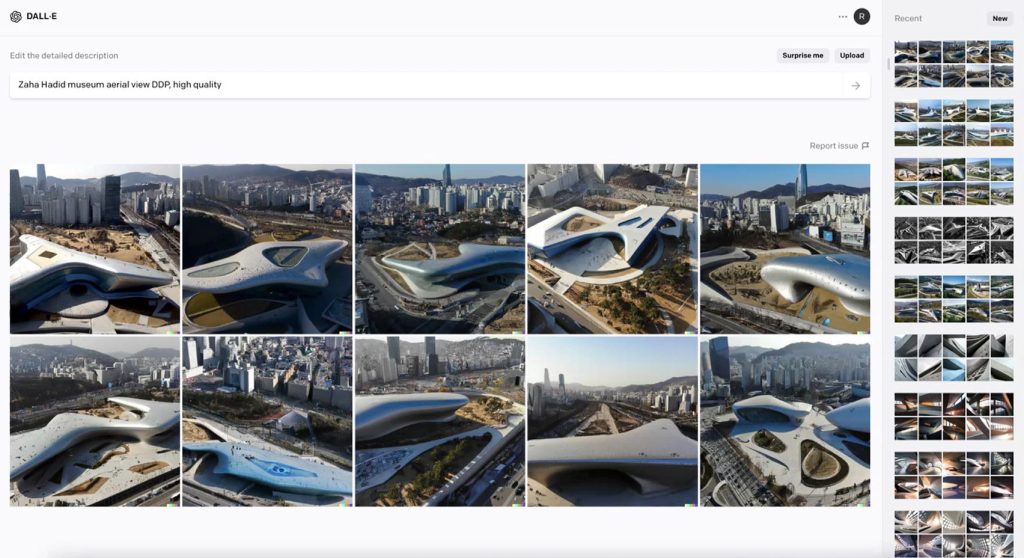
Zaha Hadid Architects, studio principal Patrik Schumacher, has disclosed how it generates design ideas for projects using AI text-to-image generators such as DALL-E 2 and Midjourney during a roundtable discussion on the possible impact of AI on design, Schumacher outlined the firm’s deployment of image-generating technology.
While this technology is not used in every project, Schumacher advocates its use in contests and early stages of ideation to explore a wider range of options. He stressed the intriguing and unique concepts that come from these AI-generated graphics, which can be offered to clients as preliminary sketches. Schumacher noted that the company had been criticized for taking this method, but defended its usefulness in showing basic concepts and engaging clients and the design team.
During the presentation, Patrik Schumacher showcased an extensive collection of imaginary building images created using DALL-E 2, Midjourney, and Stable Diffusion, exhibiting Zaha Hadid Architects’ distinct fluid and sinewy style, synonymous with its late founder, Zaha Hadid. The AI-generated images were prompted with phrases such as “Zaha Hadid museum aerial view DDP [Dongdaemun Design Plaza], high quality” and “Zaha Hadid eye level view, high quality.”

Almost all of the AI-generated photos, according to Patrik Schumacher, were prompted by permutations of “Zaha Hadid” and other design-related features, allowing the studio to incorporate them into their body of work. He claimed authorship for the AI-generated images’ evaluated, selected, and elaborated designs, expressing his excitement for the possibilities this technology provides.
Online AI tools like DALL-E 2 can generate images from text prompts in a matter of seconds. These tools have gained significant attention in the past year, sparking discussions about how AI might disrupt the creative industries.
Schumacher drew parallels between using AI text-to-image tools and traditional design meetings as methods for generating ideas. He explained that the process of verbal prompting, referencing previous projects, and gesturing with hands to convey ideas can now be directly achieved through AI tools like Midjourney and DALL-E 2, either by himself or by the design team. He viewed this as a powerful way to generate ideas.
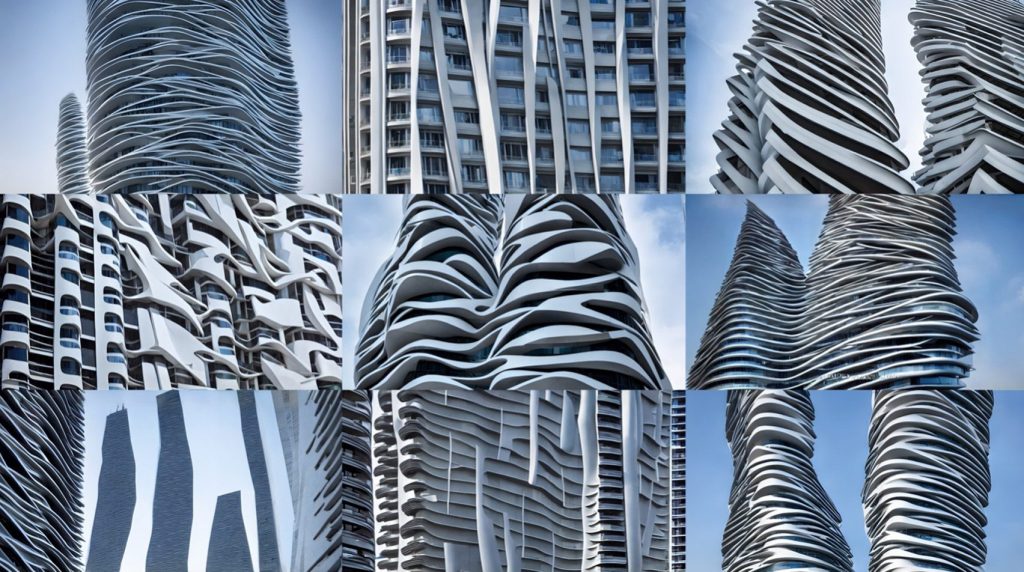
According to Schumacher, the studio normally chooses “10 to 15%” of the AI-generated images to advance to the 3D modeling phase, emphasizing their inherent coherence and suggested three-dimensionality, which aids the modeling process. He also stated that Zaha Hadid Architects has formed an internal AI research team.
Regarding the debate on AI system development, Schumacher disagreed with calls for a moratorium on systems more powerful than OpenAI’s chatbot, GPT-4, which was used to create DALL-E 2. He advocated taking calculated risks and investing in AI research for the sake of progress and reward. He cautioned against heavy regulation to address the serious issues associated with AI, instead advocating for an open, free, and optimistic approach to solving those challenges.
Schumacher expressed concerns about the potential imposition of centralized political controls on AI and rejected the idea of involving legislative bodies such as Congress or members of parliament in regulating AI. He believed that they would be overwhelmed by the complexities of the technology, emphasizing his preference for a more dynamic and self-regulating approach.


